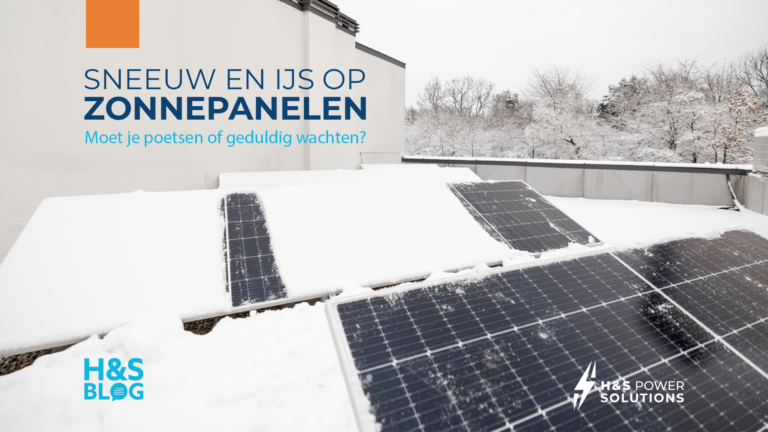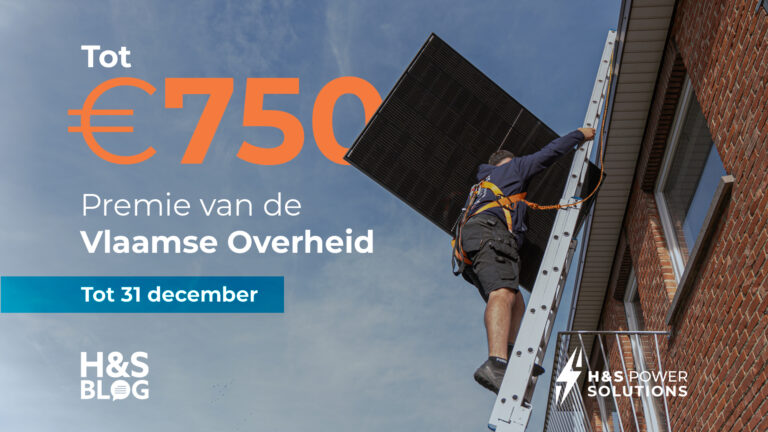Of course, as a solar panel owner, you cannot use 100% of your own generated solar energy at home, which is why your energy supplier offers you an injection tariff. This is a fee you get per kWh of solar energy you put on the grid. The injection tariff is the successor to the prosumer tariff, which was based on the principle of the reverse counter.
Who is the injection fee for?
If you have a solar installation with a digital meter, you will automatically get an injection tariff from your energy supplier. Solar panel owners with an analog meter cannot get an injection allowance, only a digital meter can distinguish between your offtake and injection of solar energy. Moreover, the injection rate exists only in Flanders and Brussels.
Please note that injection fees can vary greatly among energy providers. In addition, energy suppliers are not required to provide an injection fee. They choose whether to award an injection fee and how much it is.
How high are injection rates in Flanders?
Injection fees are generally lower than the price you pay when you buy energy from the grid. That’s because you pay distribution costs and taxes on top of the cost of electricity. The average fee is around €20 /kWh. However, injection fees increased very sharply in 2022 compared to the previous year. So a lot of progress has been made, and that has made injection fees more popular.
Note: Like energy prices, injection fees also fluctuate. So you will not get the same rate every month for your injected energy. On myenergy, you can see the different injection rates on the energy market each month.




